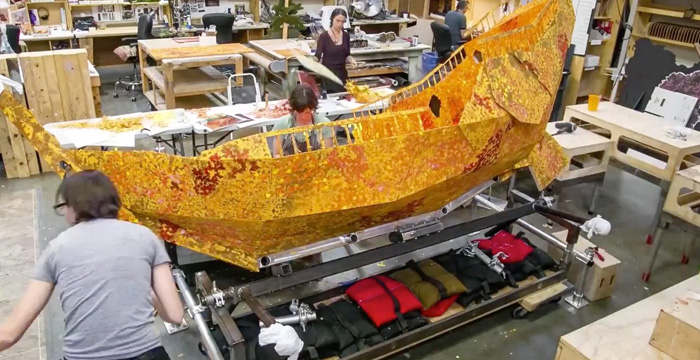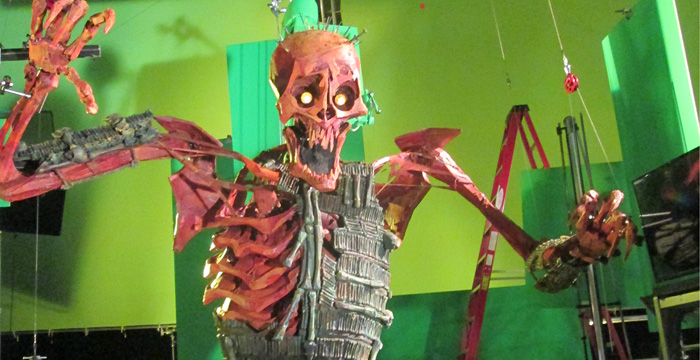“It’s not going to be easy, it’s going to be worth it” – Art Williams
Laika took this very seriously and lived this philosophy at every moment, every minute of each day for the past few years as it created the phenomenal animated feature Kubo and the Two Strings.
One is left with nothing but an open mouth filled with astonishment when we observe the amount of patience and hard work which goes through while working on a stop motion animation project. A blend of creativity and technology is what defines the process of animation as it demands the technicality of the left brain along with an artistic approach of the right.
Laika, CEO, Travis Knight explains, “We always want to challenge ourselves. We always want to try something new. We always want to tell new and original stories.” A comprehensive piece consisting emotions, logic, love, hatred, separation, union, life and death; Kubo and the Two Strings is a magical fantasy which connects directly to the real life of every viewer.

Style of animation
To enhance such an in depth story, the style of animation has to take the wheel. Laika chose to go beyond the extraordinary as it integrated puppet animation, stop motion animation and CGI for this film. The artists worked on around 72 different sets which were built manually including the character design and various production aspects. The puppets of all the characters were created along with CGI backgrounds to produce the final output.
It’s all organic
Every character, their costume and every tiny prop was created by hands to give the rusty and organic feel. When you create something with your own hands, you tend to make mistakes and give way to imperfections. Laika wanted a perfect film with such imperfections.
Character Design
Each and every character has been designed with specific attention given to the minute detailing to bring out the whole feel of the film. The costumes and appearance of every character had to reflect the era, culture and authenticity of the environment of the script. The costumes were designed using wires frames and tiny weights to hold various types of cloth in place in a suspended position. The monkey character had fur fabric coated with silicon rubber while, Kubo and his mother had real human hair coated with silicon.
Props and Sets
A huge boat was created with tonnes of tiny printed leaves stuck on it. The major sets included an eyeball robot, the larger than life size skeleton robot, boats, flying moon beast, snowy landscape made of foam and the paper art.
The minute props like the Shamisen, swords, bow and arrow, armour and variety of helmets have been crafted by hands to maintain the miniscule alterations.
Laika known for films like Boxtrolls, Caroline and now Kubo and the Two Strings has raised the bar for itself. It has proved that technology cannot limit the creativity of the mind, in fact technology can just enhance the creativity and take it to new levels all together.
Knight exclaims, “The style in which we make our films is a convergence of art and craft and science and technology.” The essence lies in the imperfections and organic feel for it is all crafted by human hands with ideas borne out of human minds. Laika’s work clearly proves that ‘There is no limit to animation’.


